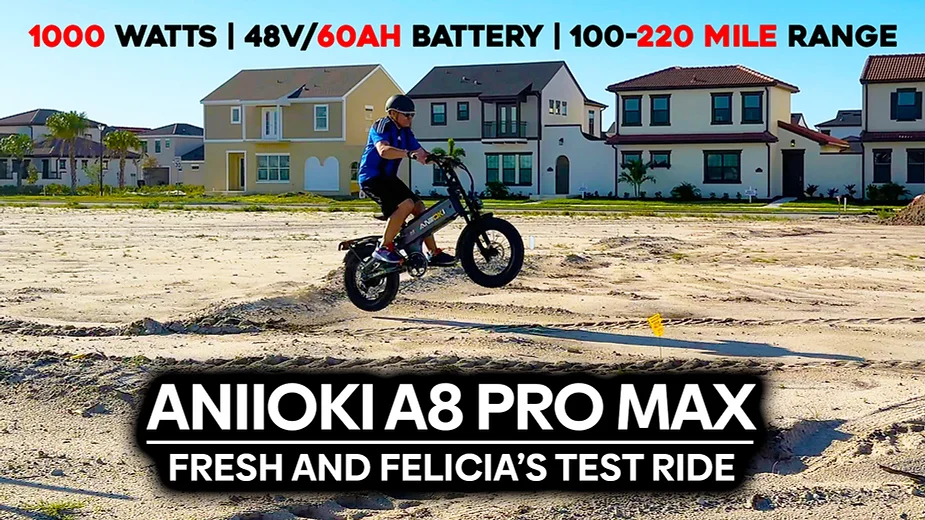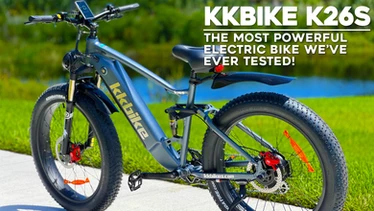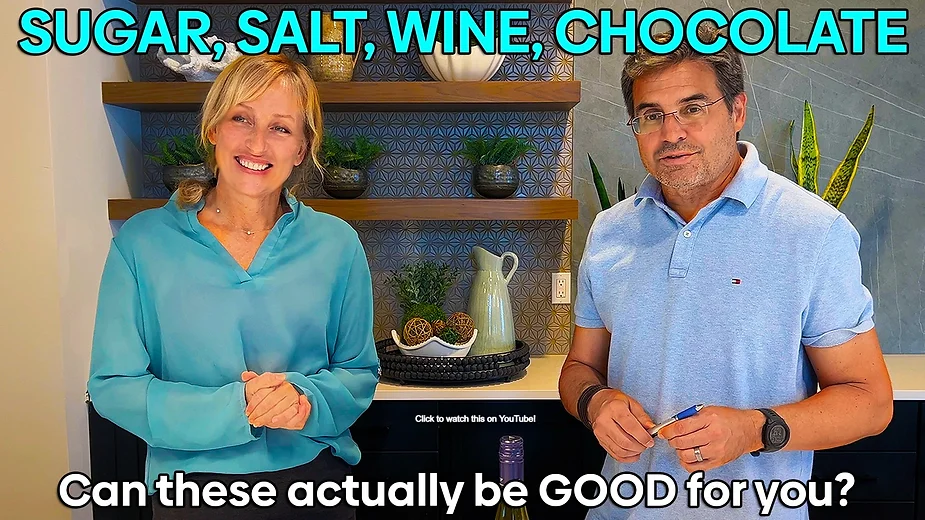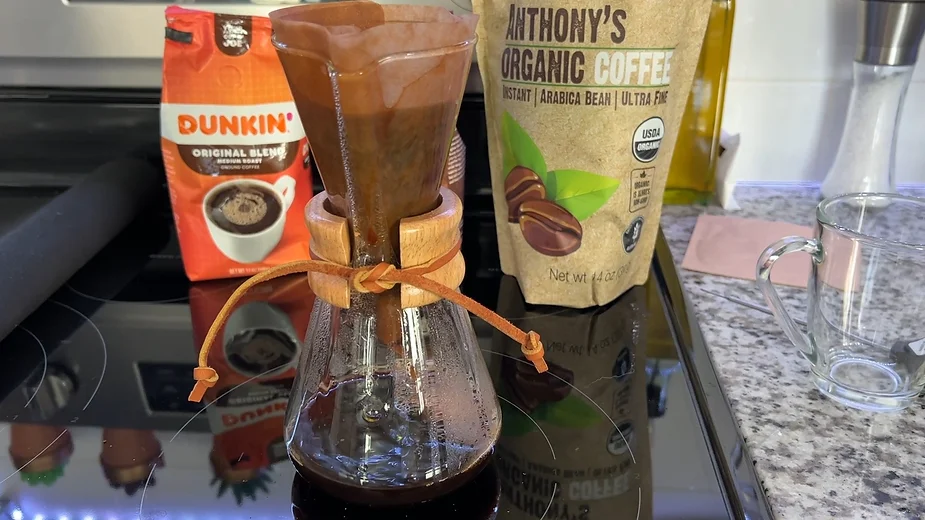Hey there, future creator! If you’re on the fence about starting a YouTube channel, consider this your sign to jump in. It’s easy to feel like you’re late to the party, but the truth is, the party is bigger and better than ever, and there’s a spot just for you. YouTube is presenting a huge opportunity for creators right now. This trend has been bubbling for a while, but a huge new development has solidified its importance.
And this isn’t just a hunch. YouTube’s VP of Partnerships, Tim Katz, shared some mind-blowing numbers:
- There are now 1 billion monthly active viewers of content on YouTube.
- In the U.S., YouTube is now the most frequently used service for listening to podcasts.
Podcasts? On YouTube? Yes! Yet another opportunity to expand your reach, and maybe expand your residual income. Ready to get started? Here’s a breakdown of what you need to know.
Part 1: Make Videos That People Want to Watch
Something that often gets overlooked is where people are watching. Last year, viewers watched over 400 million hours of videos on their living room devices. They are casting your content onto their big-screen TVs! This means your video needs to be a true visual experience. A static talking head won’t cut it. Don’t just make your video a recording of your audio—give them a reason to use their eyes.
Actionable Tip: Add something extra to your video that isn’t a talking head or audio-only. Use dynamic scenes, show B-roll footage of what you’re discussing, add interesting images, or even play a relevant video clip.
Part 2: The Six “T’s”
To maximize your visibility from day one, you need to help YouTube’s algorithm understand what your video is about. Think of these six “T’s” as your essential checklist for every video you upload.
- Titles: Craft headlines that are searchable and spark curiosity.
- Thumbnails: Design a compelling, clear visual that makes people want to click.
- Telephones: Remember most people watch YouTube videos on their phones, so make sure your text and visuals are clear on a small screen.
- Transcripts: This is a PITA, but try to upload a full transcript of your video. This gives YouTube’s search engine more keywords to work with.
- Tags: Use relevant tags to categorize your video and help it appear alongside similar content. Long-form tags work best.
- Timestamps: Break your video into chapters. This improves the viewer experience and helps your video appear in Google search results.
Every word counts. Even your video’s file name should include keywords before you upload, so stop naming files “video226_edited_copy_B.mp4”.
Part 3: Playbook for YouTube Growth and Discovery
Getting seen on YouTube is a science, an art, and a lot of guessing. Here are some proven strategies to help you break through.
Rule #1: Timeliness Trumps Perfection
Many successful cruisetubers (yes, that’s sadly a thing) say the single most impactful thing for growth is timeliness. When something hits the news, these clickbaity bros script, film, and upload a video reacting to the news story within hours.
Don’t worry about nailing the production – just get it “good enough” to watch. Yes, you still need decent lighting and good sound, but no need to perfect it.
Why? Because people treat YouTube as a search engine. When news breaks, they want to see content about it now. When you’re trying to grow, being fast is always more important than being perfect.
Rule #2: Master Your Packaging
YouTube is a “decision platform.” People actively choose what to watch. Your job is to package your video so compellingly that they decide to click on yours. This comes down to two key areas.
1. Craft Titles That Intrigue People.
- The Exaggeration Game: Start with a boring title (“How To Measure Indoor Air Quality”). Exaggerate it to be pure clickbait (“Your Indoor Air is KILLING YOU!!!”). Then, pull it back to something that’s both intriguing and accurate. You might land on a viral title like “Feeling Sick? Have You Checked Your CO2 levels?”
- Expand Your Reach: Don’t make titles so specific that they alienate a broader audience. Make them understandable to someone with no prior context.
2. Design Thumbnails That Get Clicks
Your thumbnail needs to be clear, simple, and easy to understand at a glance.
- No Logos: Logos add clutter. Your branding can shine through your font and color choices. Your channel’s profile picture is the place for your logo.
- Chest-Up: Studies show that a chest-up headshot significantly increases clicks compared to a full-body or wide shot.
- Comparisons: People love comparisons between products, DIY before and after, or anything about an interesting change.
3. Nail the Hook
Your first 10 seconds must deliver on the promise of your title and thumbnail. Don’t think people will wait around – you’ll need to add intrigue immediately.
- Good Hook: This Was The WORST Cruise Ever
- Genius Hook: Add one more fact to deepen the mystery: Which ship was it? That extra layer of intrigue keeps the viewer watching.
Rule #3: Use Proven Content Frameworks
You don’t have to reinvent the wheel. You should spend about 25% of your time on the idea, title, and thumbnail. That’s a committment. The other 75% focuses on you content using the C-C-N Process made popular by a YouTuber named Paddy Galloway to appeal to three audiences simultaneously.
- Core: Your current loyal subscribers.
- Casual: Lightly interested browsers who are interested in or researching a topic.
- New: A broad audience with zero previous context.
Example: You have a craft channel and want to cover Cricut Maker. Don’t just create perfect Cricut-only projects (that’s for your Core). Create a video about the behind-the-scenes process of how you made mistakes and learned how to overcome them leading to product mastery. This brings in the Casual audience (people who have Cricuts) and the New audience (people interested in getting into the craft).
Frameworks That Work:
- Comparisons: a “$100 vs. $400 vs. $1000 cutting machine.”
- Before & After: People love transformations – how you improved a product you made.
- Superlatives: The biggest, smallest, fastest, worst.
- Exclusive: Show people something they can’t see anywhere else.
Part 4: Building a Loyal Community & Smart Workflow
Views are great, but a community creates a lasting channel. Think of planning a party for new friends you don’t know a whole lot about.
- Find Your People: Your unique point of view attracts your audience. But to build a community, you need their point of view. Talk to your earliest fans. Find out why they want to connect. Is it to learn? To network? Build the community around that “why.”
- Find Your Place: Host your community where your audience already spends time, like Discord or a Facebook Group. This makes it feel like a natural part of their day.
- Find Your Content: A community is a two-way conversation. Create a thread for each episode, ask for ideas, pose “bonding questions,” and share behind-the-scenes videos to make people feel connected.
- Find Your Groove: Post regularly to start conversations. Ask a few of your most loyal fans to help you by posting and commenting to get the ball rolling.
- Create FOMO: The key to bringing more people in is making them feel like they’re missing out. Mention conversations and members from the community in your videos. Give your community a name (like the “Crafty Cutters” or “The Cricutinas”) to create a sense of belonging.
A Workflow That Works for You:
- Easy Idea Access: Keep a list of content ideas on your phone’s home screen. Inspiration strikes anywhere.
- Automate When Possible: Use tools like Calendly for show plans or booking guests. The less admin work you have to do, the more time you’ll have for creating.
Bonus Tip: Turn Your Episode into a Newsletter in 10 Minutes
If writing a newsletter feels like too much work, use this simple template:
- Hook ’em in: Write a subject line that asks a question you answer in your show. (e.g., “Is an Alaska cruise really a good idea?”)
- Set it up: The first line should expand on that. (“Everyone’s talking about it, but our experience wasn’t great.”)
- Add 3 bullet points: Pull three intriguing moments, stats, or questions from your episode. Don’t give it all away—make them curious.
- Give the next step: Add a clear button or link to watch/listen to the full episode.
The YouTube journey is an exciting one. Although the algorithm misses a LOT of great content because it’s human programmers are, well, human, it has gotten pretty good at helping the cream rise to the top. By focusing on creating a great viewing experience and packaging your content smartly, you set yourself up for incredible growth. Go get started, tiger!






